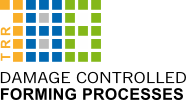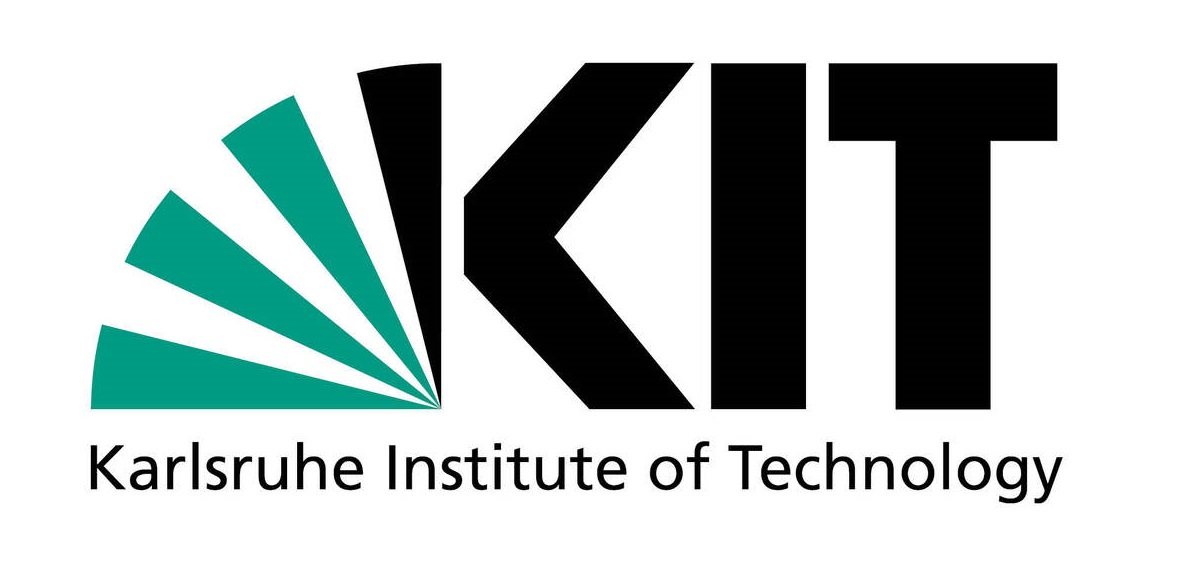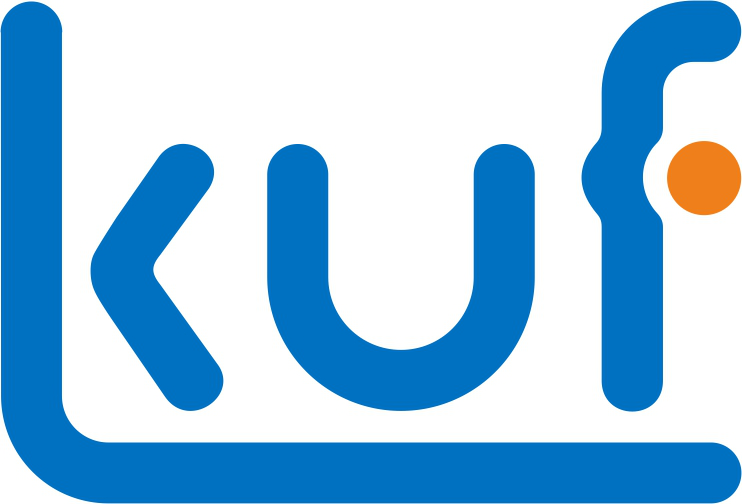Large rings for roller bearings with outside diameters over 500 mm are usually manufactured by upsetting, piercing and ring rolling. The experience of the application partner Schaeffler AG shows that the unexpected failure of such rings during their operation results in considerable economic damage and downtime. According to current knowledge, failure is always preceded by ductile damage, including the formation of micro voids, void growth and, if damage accumulates, material decohesion. Casted ingots often have Casting pores that, in the best case, are closed in the preform operations to produce a preformed ring. The ring rolling process itself primarily creates new voids, so the porosity present in the finished ring may come from incompletely closed casting pores or new once introduced in the ring rolling process. However, the exact relationships between process parameters for the production of bearing rings and the amount of porosity present in the component are largely unclear. In the TRR 188, representative volume elements (RVEs) and continuum mechanical damage modeling were used to create the possibility of a model-based description of the porosity development in hot forming processes. Here, the already used GTN damage model considers the influence of dynamic recrystallization on the damage evolution. An additional extension for static recrystallization is currently in progress in TRR 188. Static and dynamic recrystallization can have a significant influence on the microstructure and damage evolution in ring rolling. Together with the application partner, the aim of this project is to describe the damage development along the hot forming process chain in ring rolling, considering the influence of the preforming operations, and to control it on this basis. To this end, the RVE methodology will first be used to simulatively analyze the pore closure in the preform operations used to produce the preliminary rings. These analyses are validated by measurements of the pore areas of the starting material as well as the preformed rings. Furthermore, a finite element ring rolling model that considers realistic process control is used to map the damage evolution during ring rolling in conjunction with the GTN damage model mentioned above and to determine process parameters that reduce or even avoid an increase in damage. Furthermore, the origin of porosity in the final product can be precisely clarified from the analyses of the damage state of the preformed rings as well as the damage introduced in the ring rolling process, so that an increase in service life becomes possible by controlling the damage in the final component. In addition to the development of a damage-controlled process route, the transferability of the findings to a second similar but profiled industrial ring geometry will be simulatively verified and subsequently experimentally validated on a ring rolling mill of the application partner.
Laurenz Kluge
Institute of Metal Forming (IBF)
RWTH Aachen







